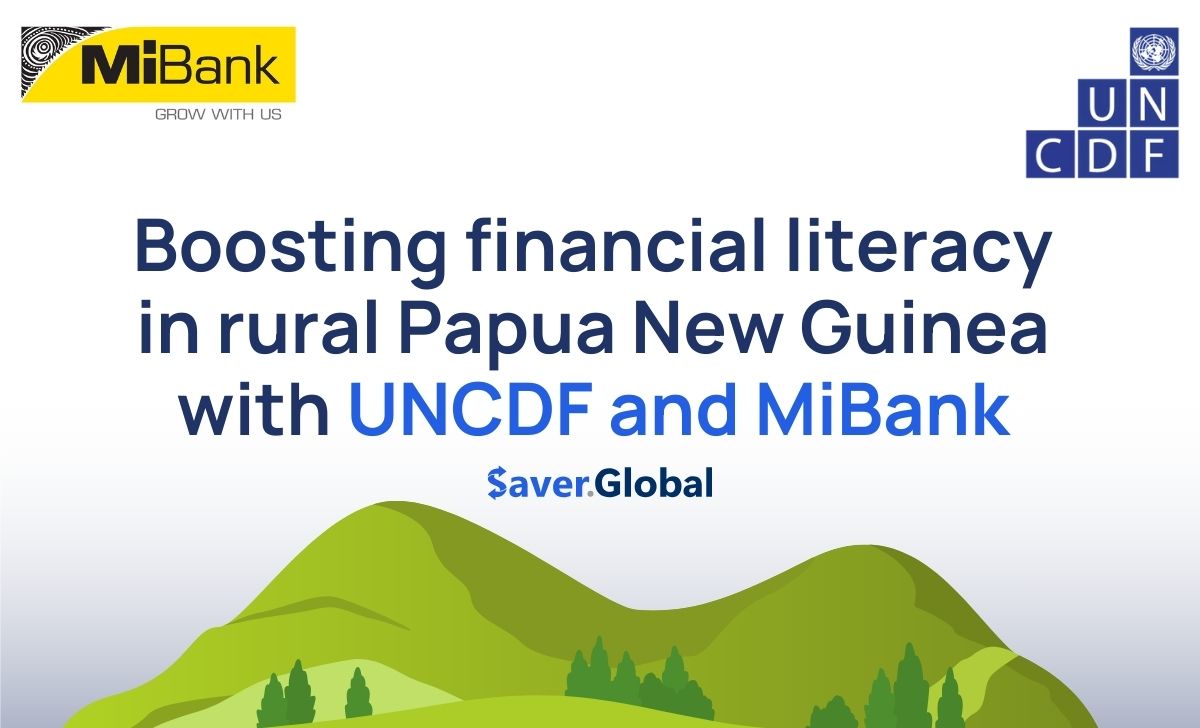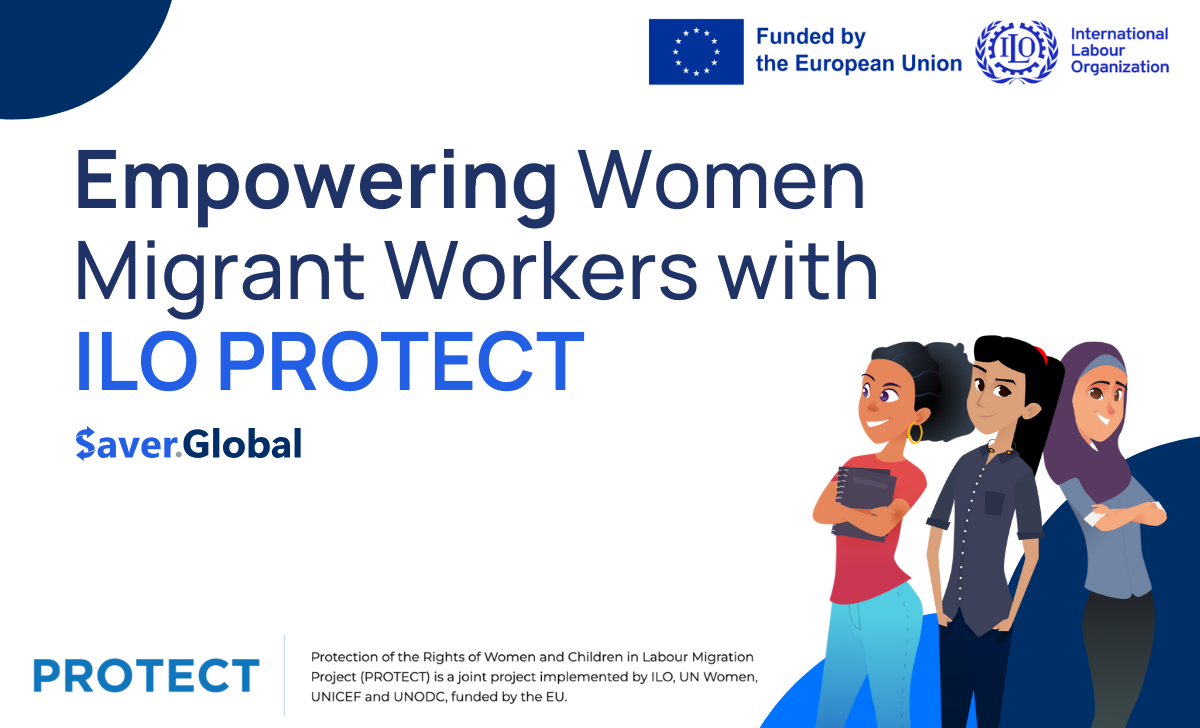Navigating Cost-of-Living Pressures in a Volatile Global Economy
 Laura Wiebe
Laura Wiebe
Content
These first few months of 2025 have seen significant economic movement, with individuals and businesses around the world feeling the strain of cost of living pressures. As prices for basic goods and services climb, central banks have been adjusting interest rates in an attempt to combat inflation or stimulate economic growth. Understanding these shifts and ways to navigate them are crucial to maintaining a healthy financial well-being.
In this post I’ll dive into the impact of cost of living on global consumers, why interest rates are dropping in some countries, and how global markets are impacted. Most importantly, I’ll discuss practical strategies to manage your finances during uncertain economic times, with a focus on smart budgeting.
Cost of Living Pressures: Rising Prices Across the Globe
Let’s take a quick look at some factors that are causing cost-of-living pressures worldwide.
According to the UN’s Food and Agriculture Organization, global food prices are up by 10% since 2024, driven by extreme weather events, disrupted supply chains, and shipping delays through key trade routes.
Housing costs have surged in major cities like Sydney, London, and New York as rental prices increased by up to 6.2% in just 1 year, and development slowed for new dwellings following a rise in material prices and labour shortages.
Fuel prices have fluctuated globally due to geopolitical tensions and OPEC+ output shifts, while cities like London, Singapore, and Sydney have raised public transport fares to offset growing operational expenses.
With all this movement and wages not always keeping up with inflation, individuals are being forced to reassess their spending as resources are stretched thin.
Interest Rates Set to Drop: What Does It Mean for Your Finances?
While inflation has been a key concern for many economies, 2025 has seen central banks in several regions begin cutting interest rates. These changes reflect a shifting economic landscape—one where growth is slowing and policymakers are seeking to prevent stagnation.
- Reduced borrowing costs: For individuals with variable-rate loans or mortgages, a reduction in interest rates means lower repayments. This is good news for homeowners and businesses with outstanding debt.
- Increased access to capital: Lower interest rates make borrowing cheaper for businesses and consumers, which can encourage spending and investment—both important during times of economic slowdown.
- Mixed impact on savings: While borrowers may benefit, savers may find that returns on traditional savings accounts and term deposits have decreased, prompting many to consider alternative savings or investment strategies.
These shifts are often in response to declining consumer spending, fragile job markets, and ongoing concerns about global economic momentum.
Global Markets: Uncertainty and Opportunity Amid Economic Shifts
The global economy is experiencing a period of heightened volatility, driven by a mix of overlapping factors:
- Climate shocks and natural disasters have disrupted agricultural production and supply chains across several continents, creating ripple effects in commodity markets.
- Ongoing supply chain disruptions, particularly in semiconductor and manufacturing industries, are causing delays and increasing production costs worldwide.
- Artificial Intelligence and automation trends are transforming industries, affecting employment and productivity patterns—contributing to both opportunity and instability.
- Stock market fluctuations: In April 2025, global stock markets dipped sharply amid investor anxiety around trade disruptions and signs of slowing growth in major economies. While this uncertainty rattled investors, some see long-term value opportunities emerging from the downturn.
- Commodity price swings: Prices for key resources like oil, copper, and wheat have been unstable due to extreme weather, demand surges, and shifts in international supply. These shifts influence everything from energy bills to the cost of consumer goods.
- Currency volatility: As countries adjust interest rates and respond to changing global conditions, foreign exchange rates have become more erratic. This can be particularly impactful for importers, exporters, and those sending or receiving money internationally.
Smart Budgeting in Uncertain Times
With the global economy shifting, the importance of managing your finances wisely cannot be overstated. Smart budgeting is the foundation of financial resilience during periods of economic uncertainty. Here’s how you can adjust your budget to protect yourself from rising costs and take advantage of falling interest rates:
- Review and Prioritise Your Expenses
Assess your monthly spending and prioritise essential needs like food, housing, and healthcare. Cut back on discretionary spending and look for ways to save on everyday expenses, like cooking meals at home or finding cheaper transportation options.
- Build or Strengthen Your Emergency Fund
An emergency fund is your financial safety net. Aim for at least three to six months of living expenses in savings. If you don’t have one, start building it slowly to help protect yourself from unexpected costs, whether that’s due to a job loss, a medical emergency, or other unforeseen events.
- Take Advantage of Lower Interest Rates
If interest rates are dropping in your region, consider refinancing high-interest loans or consolidating debt to reduce your monthly repayments. This can free up funds that you can direct towards savings or essential expenses.
- Monitor Your Investments and Savings
While lower interest rates may not be great for savers, it’s a good time to review your investment strategy. Consider diversifying your portfolio to balance risk and return, taking advantage of market dips when appropriate.
- Stay Flexible and Plan for the Unexpected
Flexibility is key. The ability to adapt your budget in response to new economic developments will allow you to stay ahead of financial challenges. Keep reviewing your financial situation regularly and adjust accordingly.
SaverLearning’s Smart Budgeting Course
To help you navigate cost of living pressures and adjust to shifting interest rates, the SaverLearning platform offers a free Smart Budgeting course designed to empower individuals with the skills needed to manage their finances effectively.
The Smart Budgeting course covers:
- How to create a practical budget that suits your current financial situation
- Strategies to cope with inflation and interest rate changes while maintaining a balanced budget
- Techniques to increase savings and reduce debt
- Debt management tips for those affected by rising loan interest rates
By mastering budgeting strategies, you can mitigate the effects of global economic pressures and build long-term financial stability.
Preparing for Financial Uncertainty
Economic volatility is a reality we all face in our increasingly interconnected world. While we cannot predict exactly what the future holds, by understanding the impacts of cost of living pressures, interest rate changes, and global market shifts, we can better prepare ourselves financially.
Remember, the key to navigating these uncertain times lies in smart budgeting, staying informed, and being proactive with your finances. For more guidance on managing your finances during economic uncertainty, check out SaverLearning’s Smart Budgeting course today.













